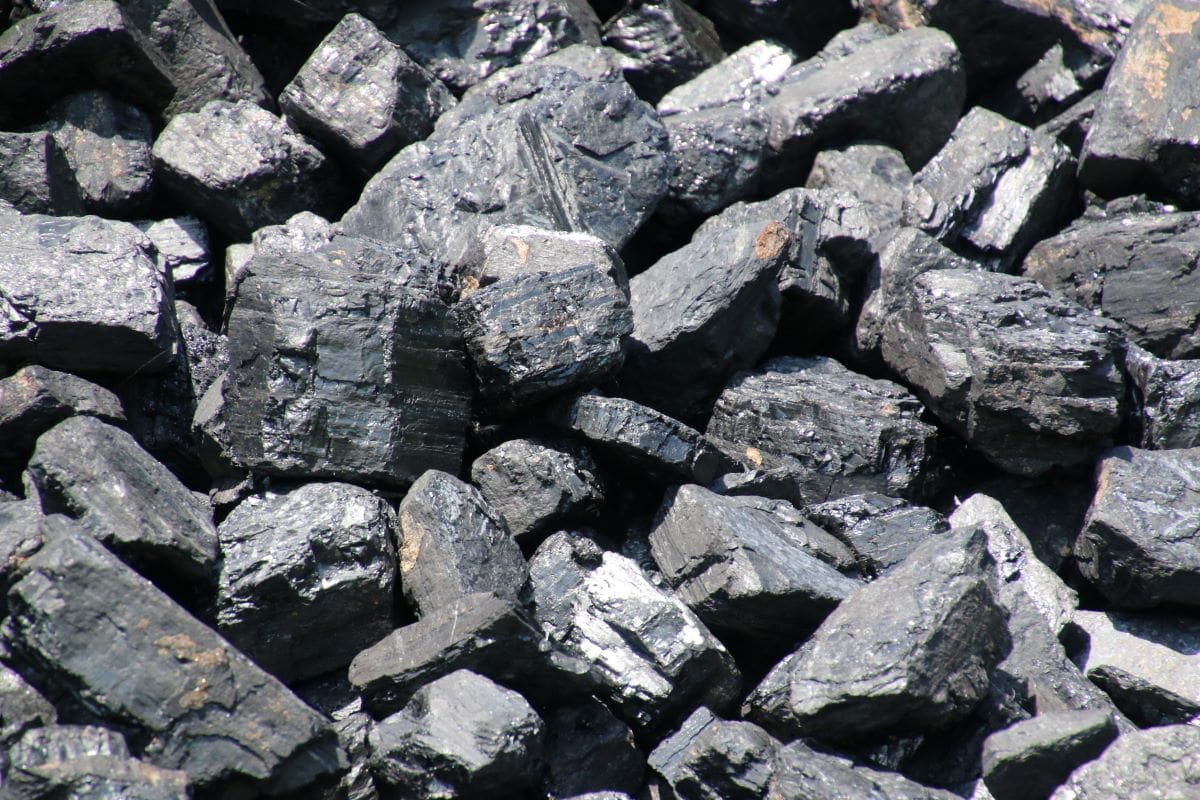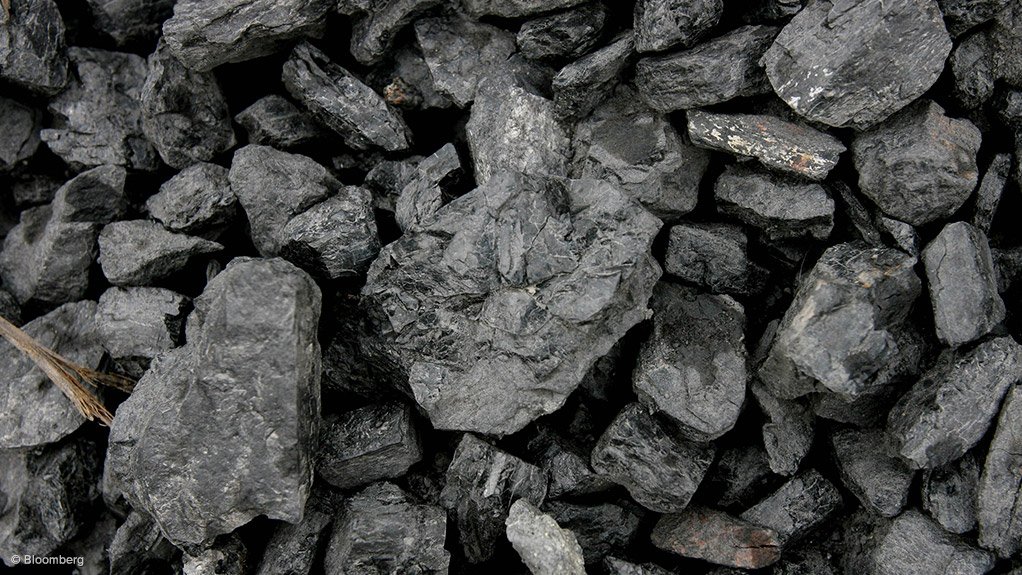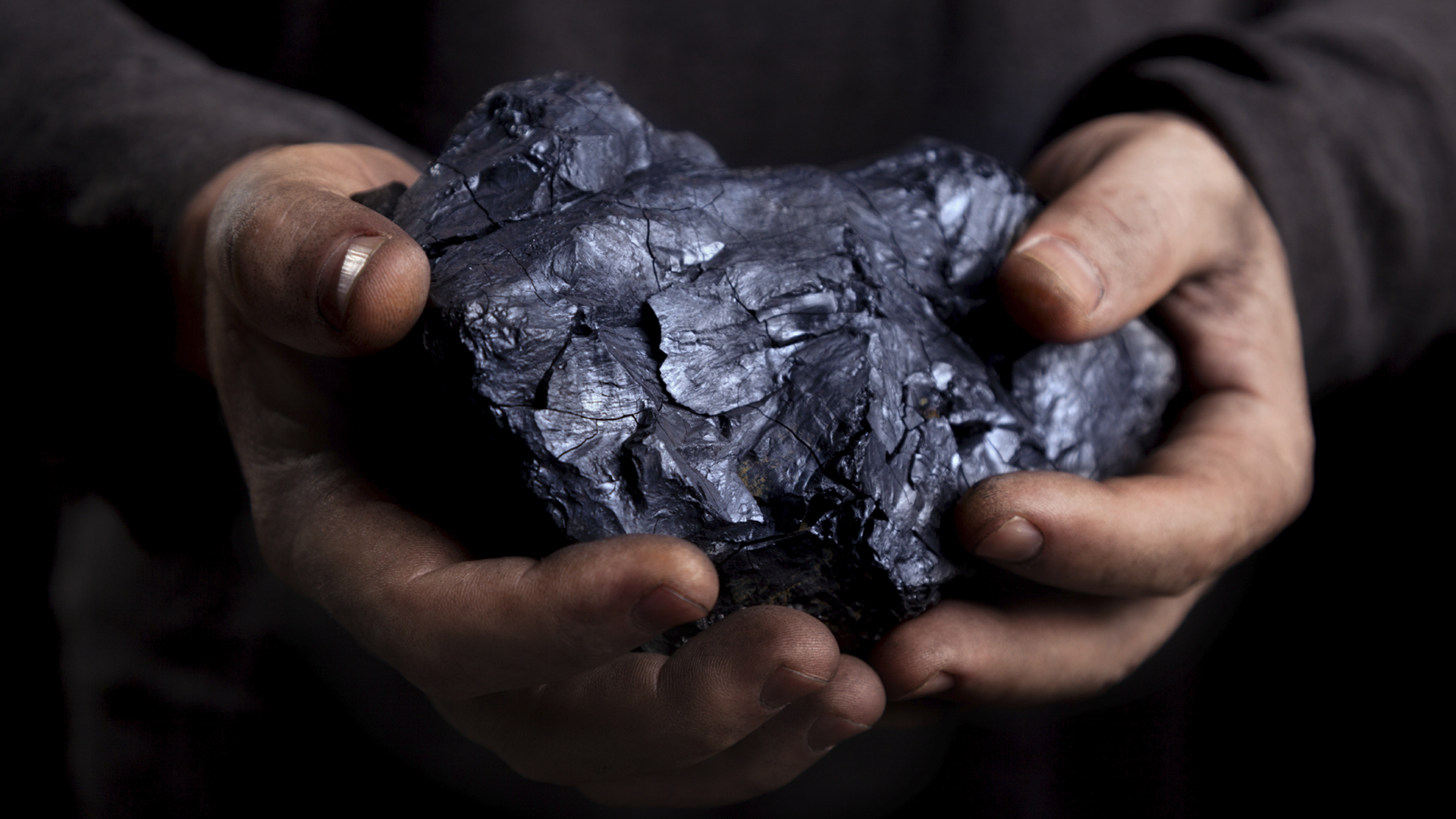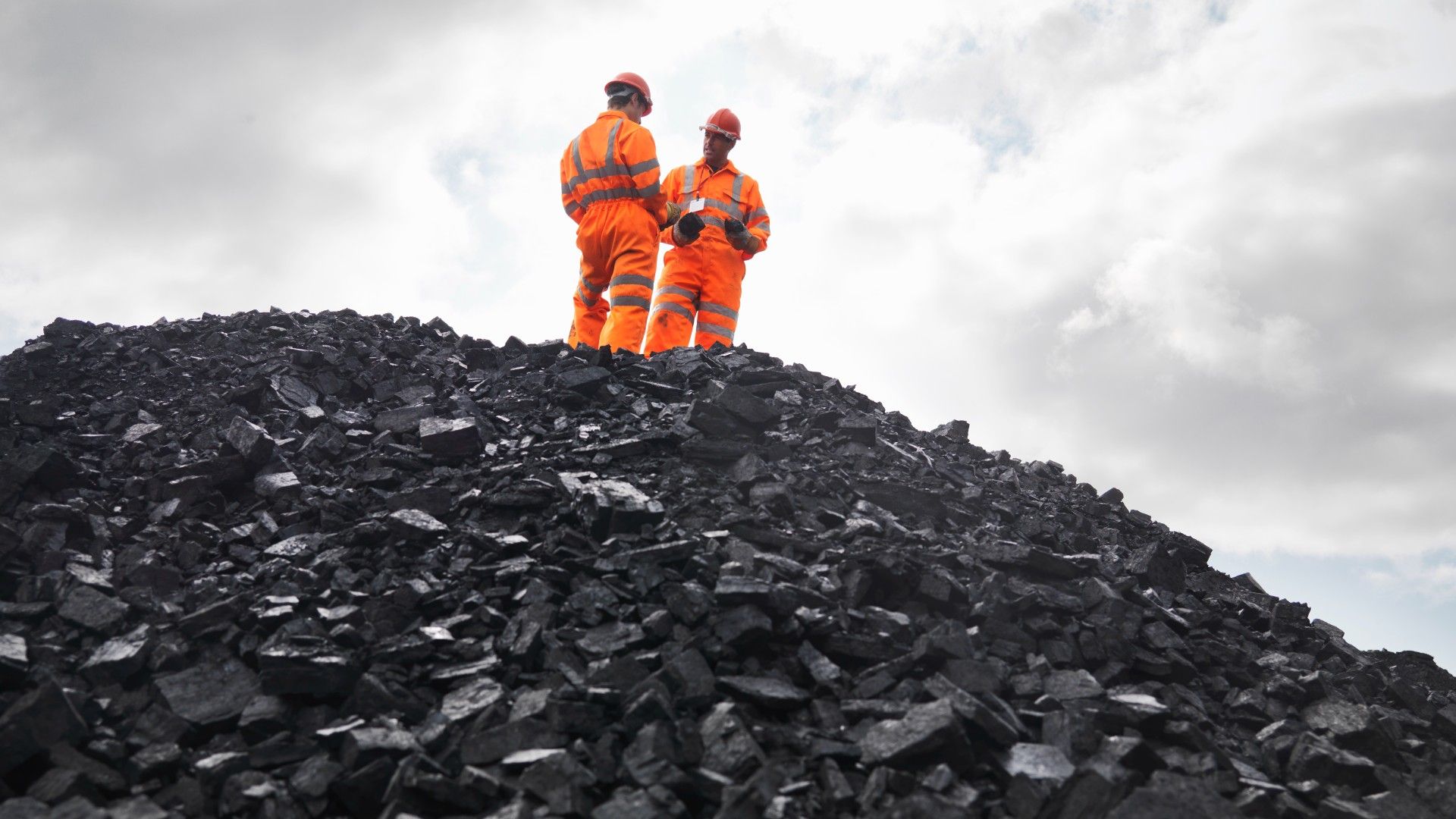
Coal has been a cornerstone of the global energy landscape for centuries, providing a significant portion of the world's electricity and fuel. As a vital component of the energy mix, understanding coal is essential for navigating the complexities of the energy sector. The U.S. Energy Information Administration (EIA) offers a wealth of information on coal, providing insights into its production, consumption, and role in the energy market. In this article, we will delve into the world of coal, exploring the key aspects of this fossil fuel and its significance in the United States.
What is Coal?
Coal is a fossil fuel formed from the remains of ancient plants, subjected to intense heat and pressure over millions of years. It is a combustible black or brownish-black sedimentary rock, consisting primarily of carbon, along with various other elements such as hydrogen, oxygen, and sulfur. The EIA categorizes coal into four main types: anthracite, bituminous, subbituminous, and lignite, each with distinct characteristics and uses.
Coal Production and Consumption in the United States
The United States is one of the world's largest producers and consumers of coal. According to the EIA, the country's coal production has been declining in recent years, from a peak of 1.17 billion short tons in 2008 to 706 million short tons in 2020. The majority of U.S. coal production comes from the Appalachian region, the Powder River Basin, and the Illinois Basin. The EIA also reports that the largest consumers of coal in the United States are the electric power sector, industrial sector, and commercial sector.
Uses of Coal
Coal is a versatile fossil fuel with a range of applications. The EIA highlights the following primary uses of coal:
Electricity generation: Coal is used to generate approximately 20% of the world's electricity, making it a crucial component of the global energy mix.
Industrial processes: Coal is used as a fuel and feedstock in various industrial processes, such as steel production and cement manufacturing.
Heating and cooking: Coal is used as a fuel for heating and cooking in some parts of the world, particularly in developing countries.
Environmental and Health Impacts of Coal
The use of coal has significant environmental and health implications. The EIA notes that coal combustion releases greenhouse gases, such as carbon dioxide and methane, contributing to climate change. Additionally, coal mining and transportation can result in environmental degradation and health problems for nearby communities.
In conclusion, coal is a complex and multifaceted energy source that plays a significant role in the global energy landscape. The U.S. Energy Information Administration provides valuable insights into the production, consumption, and uses of coal, as well as its environmental and health impacts. As the world continues to navigate the transition to a low-carbon economy, understanding coal and its role in the energy mix is essential for informed decision-making and policy development. By exploring the world of coal, we can work towards a more sustainable and equitable energy future.
For more information on coal and the U.S. energy sector, visit the
U.S. Energy Information Administration (EIA) website.








